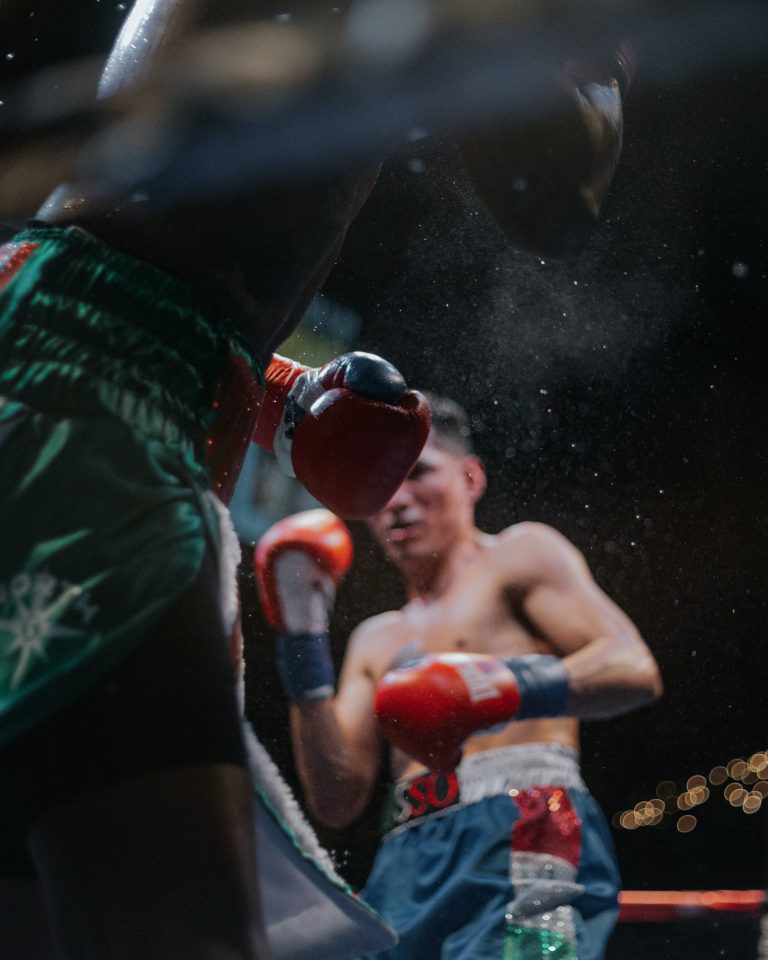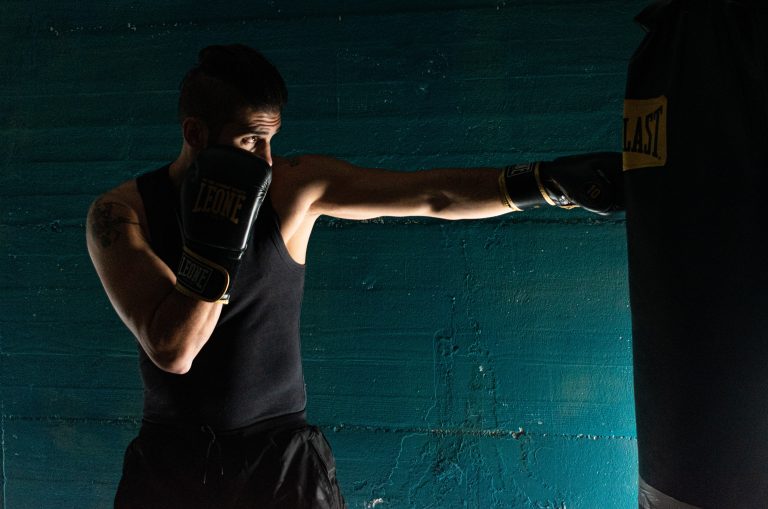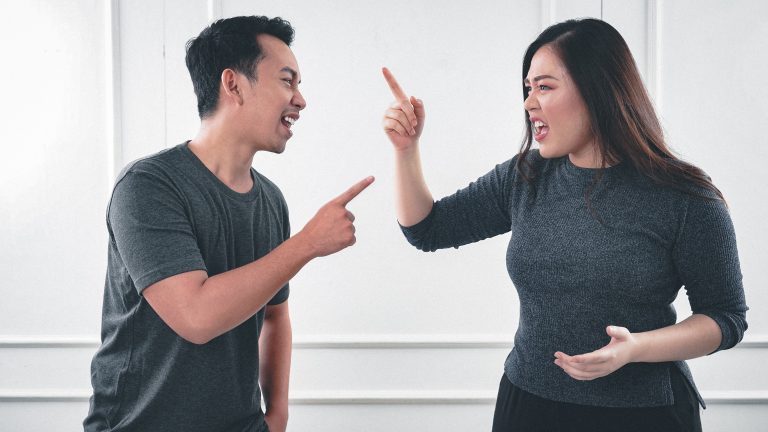How to Start a Karate Class: A Comprehensive Guide
Are you passionate about karate and want to share your knowledge with others? Starting a karate class may seem daunting, but with the right preparation and guidance, it can be a rewarding and fulfilling experience.
In this comprehensive guide, we will walk you through the essential steps to start a successful karate class. From defining your objectives and setting up your space, to gathering the necessary equipment, recruiting students and designing your curriculum – we’ve got you covered.
Step 1: Define Your Objectives
Before starting a karate class, it’s essential to define your objectives. Ask yourself: What do you want to achieve with your class? Is it to promote physical fitness, self-defense skills, or traditional values associated with karate?
Knowing your objectives will help guide the direction of your class and will help you identify the right audience to target. Consider the age groups, skill levels and interests of potential students to ensure you tailor your class to meet the needs of your target audience.
Step 2: Determine Your Niche
Karate has several styles and schools, so it’s essential to determine your niche before starting your class. Consider your background, skills and interests to decide which style or school of karate you’d like to teach.
Some styles of karate prioritize striking, while others focus on grappling or throws. Additionally, traditional schools of karate may have specific requirements, such as wearing uniforms and belts or performing traditional ceremonies.
Your niche will impact the type of equipment you’ll need, the techniques and principles you’ll teach, and the overall culture of your class.
Step 3: Set Up Your Space
When starting a karate class, you’ll need a safe and accessible space to teach your students. Some options include renting out a community center, gym or dojo, or starting your class in your backyard or garage.
Regardless of the location, creating a safe and comfortable environment is essential for your students’ welfare. The space should be free of obstacles, have proper flooring to absorb shocks, and have ample lighting and ventilation.
It’s also essential to make sure that your space complies with local laws and regulations. Check with your local government zoning authority and inquire about necessary permits and licenses.
Step 4: Gather Essential Equipment
Depending on your niche, you will need different types of equipment. However, some essential equipment for a karate class includes:
– Training mats
– Kicking shields and punching bags
– Focus mitts for striking practice
– Hand wraps and gloves
– Uniforms and belts
– First aid kit
Make sure your equipment is of high quality and in good condition. Regular maintenance and replacement of worn-out equipment will help create a safe and enjoyable environment for your students.
Step 5: Recruit Students
Once you have set up your karate class, it’s time to recruit students. Depending on your budget and marketing strategy, you can advertise through local newspapers, social media, online advertising, or flyer distribution.
Offering free trials or discounts for first-timers will help attract potential students, and partnering with schools or community centers can help expand your reach.
It’s essential to have a clear and concise message to promote your karate class, emphasizing its unique value proposition and benefits. Clearly communicating the objectives, niche and benefits of your class will help you attract students who are genuinely interested and motivated to learn.
Step 6: Develop your Curriculum
The curriculum of your karate class will depend on your objectives, niche, and target audience. A well-designed curriculum will help ensure that your students learn fundamental skills and techniques while keeping them engaged and motivated.
Consider breaking your curriculum into different levels, such as beginner, intermediate, and advanced, and tailor your curriculum to each level. Use a mix of warm-up exercises, technique drills, and sparring to keep your class varying and keeping it dynamic.
Additionally, it’s essential to keep track of your students’ progress and performance, and adapt your teaching style accordingly. Encouraging feedback and communication will help create a positive and collaborative learning environment.
The Bottom Line
Starting a karate class requires careful planning, dedication, and passion. Following the steps outlined in this guide will help you establish a successful and fulfilling karate class.
Remember to define your objectives, determine your niche, set up your space, gather essential equipment, recruit students, and design your curriculum to ensure you have a clear roadmap to success.
Teaching karate is a rewarding experience that can positively impact the lives of your students, so don’t hesitate to share your knowledge and passion with others.
How to Start a Karate Class: Frequently Asked Questions
Q: What qualifications do I need to start a karate class?
First and foremost, it’s essential to get certified or licensed as a karate instructor. Some states may also require additional certifications, such as CPR and first aid training. Attaining a black belt in karate is also a must.
Q: How do I find a suitable location for the class?
The location is crucial to the success of your karate class. Look for a place that is easily accessible to your target audience, preferably in a location with plenty of parking spaces. Consider renting out a community center, gym or school halls, or a local karate dojo.
Q: How do I acquire equipment and supplies for the karate class?
You will need several pieces of equipment for your karate class, including punching bags, pads, uniforms, and belts. Consider purchasing these items from reputable martial arts suppliers rather than generic sports stores.
Q: How do I determine the pricing structure for my karate class?
Determining the price for your karate class will depend on several factors, such as your location, the number of students you plan to accommodate, the duration of the class, and the cost of equipment and supplies. Research your competitors to determine the market price for similar classes in your area and set your pricing accordingly.
Q: How can I attract and retain students for my karate class?
Marketing is crucial in promoting your karate class. Utilize various channels such as social media, flyers, and posters to inform people of your offerings. It’s also important to offer exciting incentive programs and unique features that will motivate students to stay in your class.
Q: How do I structure my karate class?
The structure of your class will depend on your target audience, age range, and skill level. In general, you will need to begin with warm-up activities, followed by basic karate moves, then the more advanced skills, and finally cooling down exercises. Keep the class structured and repetitive, so your students know what to expect and can develop their skills over time.
Q: What safety measures should I incorporate into my karate class?
Safety measures are essential for any martial arts class. Make sure you have first aid kits available and ensure that everyone knows the emergency procedures in case of injuries. It’s also essential to teach students the correct techniques and movements to prevent injuries from occurring in the first place.
Q: How do I manage and record attendance?
Consider using software or apps that help track attendance and class schedules. Alternatively, you can keep a manual record of attendance and monitor students’ progress through grading systems.
Q: Can I start a karate class even if I don’t have a lot of experience in martial arts?
While it’s certainly possible to start a karate class without extensive martial arts experience, it’s not recommended. If you have a passion for karate instruction but lack experience, consider enrolling in martial arts classes to work on your techniques and gain the necessary knowledge.
Q: How do I continue to grow and develop my karate class?
Continuously improving your instructional techniques and offering new programs or classes will keep your karate class exciting and fresh. Conduct surveys to gather feedback from your students and make necessary changes to your program based on their feedback. Additionally, consider attending seminars or workshops to learn more about different karate techniques and how to teach them effectively.
Final Thoughts
Starting a karate class requires a great deal of effort, commitment, and planning. However, with the right strategy, approach, and mindset, it can be a rewarding and fulfilling experience.
How to Start a Karate Class
Introduction
Karate is a popular martial art that focuses on self-defense and discipline. It’s a great way to stay active and build confidence while also learning important skills. Starting your own karate class can be a rewarding experience, but it does require some planning and preparation. In this guide, we’ll cover the steps you need to take to start a successful karate class.
Step 1: Determine Your Goals
The first step in starting a karate class is to determine your goals. What do you hope to accomplish with your class? Are you primarily interested in teaching self-defense techniques, or do you want to focus on building discipline and confidence? Knowing your goals will help you create a curriculum and teaching style that aligns with your vision.
Step 2: Develop a Curriculum
Once you’ve determined your goals, it’s time to create a curriculum. Consider the age range and skill levels of your potential students, and think about what techniques and concepts they’ll need to master in order to progress. Make sure to include warm-up exercises, basic techniques, and plenty of practice time.
Step 3: Choose a Location
The location of your karate class is important. You’ll need a space that’s large enough to accommodate your students and any equipment you’ll be using. If you’re just starting out, you might consider renting a space from a local gym or community center. Eventually, you can look into leasing or buying a dedicated martial arts studio.
Step 4: Gather Your Equipment
Depending on your curriculum, you may need to invest in some equipment. This could include punching bags, mats, and training pads. Start with the basics, and add more equipment as your class grows.
Step 5: Hire Instructors (If Needed)
If you’re not a certified karate instructor, you’ll need to hire one or more to teach your class. Look for instructors with experience and certification, and make sure they’re a good fit for your teaching style and goals.
Step 6: Advertise Your Class
Now that you’ve got everything in place, it’s time to start advertising your class. Set up a website and social media accounts, and create flyers and posters to hang up around your community. Consider offering a free trial class to attract new students.
Step 7: Start Teaching!
With your curriculum, location, equipment, and staff in place, you’re ready to start teaching your class. Be patient and flexible as you work through any issues that arise, and remember that building a successful karate class takes time and effort.
Conclusion
Starting a karate class can be a fulfilling and rewarding experience. By following these steps and putting in the effort, you can create a thriving community of martial artists who are passionate about learning and improving their skills.
Inhaltsverzeichnis






